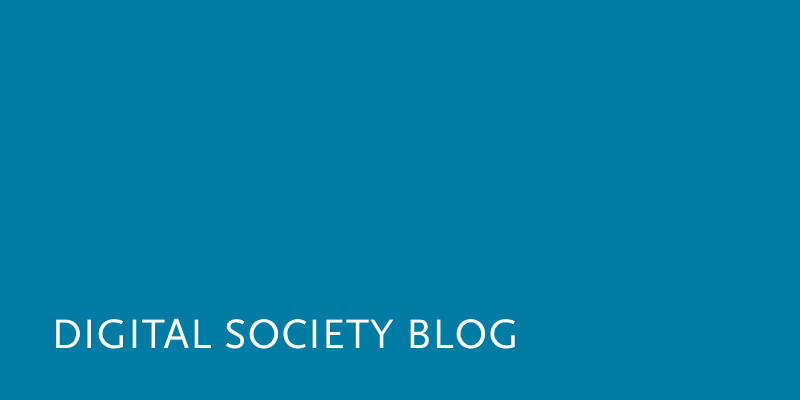Making sense of our connected world

Big data leaks and the future of journalism
The Panama Papers have been described as “biggest leak in the history of data journalism” with approximately 11.5 million documents provided by an anonymous source to the German newspaper Süddeutsche Zeitung. For all the things that made the Panama Papers exceptional, they also represent the latest step in a development that roughly started in 2010, when WikiLeaks cooperated with The New York Times, The Guardian and Der Spiegel to publish the Afghan war logs. Since then, journalists worked on moving the concept of leaking away from radical Anonymous-style transparency advocacy and into traditional journalistic working routines and ethics. This fits into the general trend in journalism to ‘absorb’ practices that threaten to undermine its professional autonomy “into conventional hierarchies of newsgathering” (Wahl-Jorgensen 2014, 2588), a routine that has been described as ‘normalization’ (Singer 2005). Rather than seeing potentially disruptive practices like leaking or user-generated content as opportunities to fundamentally rethink journalism and the way news is ‘made’, journalists tend to rationalise them in a way that maintains their traditional role as gatekeepers of publicly relevant information.
The Panama Papers show how leaking has been normalised and how news media have positioned themselves as a viable alternative to dedicated leaking platforms like Wikileaks. However, the fact that leaking has been normalised doesn’t mean it didn’t change anything. Quite the contrary: normalisation is change, but not the radical and ‘disruptive’ type of change that is popular when it comes to new technologies. By ‘routinising’ the way journalists deal with and rationalise leaking, and by fitting leaking as a concept into their professional identity, big leaks have contributed to two larger developments that increasingly shape investigative journalism: advances in data journalism and automation, and a culture of collaboration and sharing. Both developments expand the agency of journalists, but also raise new questions about the identity and role of journalism. Yet the history of normalisation should make us sceptical of grand narratives proclaiming the ‘disruption’ of journalism. Journalists will be forced to re-articulate their professional identity and role, but they will most likely do so in ways that preserve traditional journalistic values, practices, ethics and the role as a gatekeeper of publicly relevant information.
Read the full article by Stefan Baack on Internet Policy Review.
Photo: Edited, original by User Poster Boy / flickr, CC BY 2.0
References
- Singer, Jane B. 2005. “The Political J-Blogger: ‘Normalizing’ a New Media Form to Fit Old Norms and Practices.” Journalism 6 (2): 173–98. doi:10.1177/1464884905051009.
- Wahl-Jorgensen, Karin. 2014. “Is WikiLeaks Challenging the Paradigm of Journalism? Boundary Work and Beyond.” International Journal of Communication 8: 2581–92. http://ijoc.org/index.php/ijoc/article/view/2771.
This post represents the view of the author and does not necessarily represent the view of the institute itself. For more information about the topics of these articles and associated research projects, please contact info@hiig.de.

You will receive our latest blog articles once a month in a newsletter.
Research issues in focus
The Human in the Loop in automated credit lending – Human expertise for greater fairness
How fair is automated credit lending? Where is human expertise essential?
Impactful by design: For digital entrepreneurs driven to create positive societal impact
How impact entrepreneurs can shape digital innovation to build technologies that create meaningful and lasting societal change.
Identifying bias, taking responsibility: Critical perspectives on AI and data quality in higher education
AI is changing higher education. This article explores the risks of bias and why we need a critical approach.




